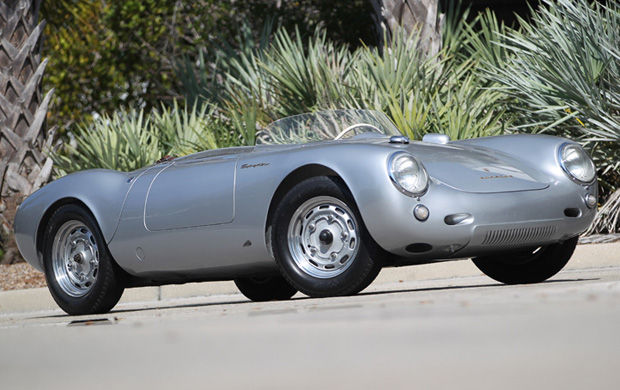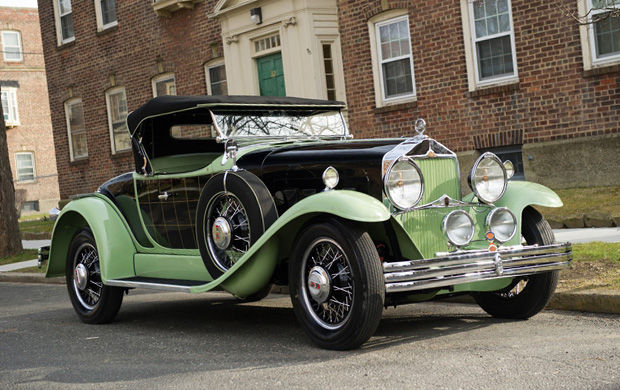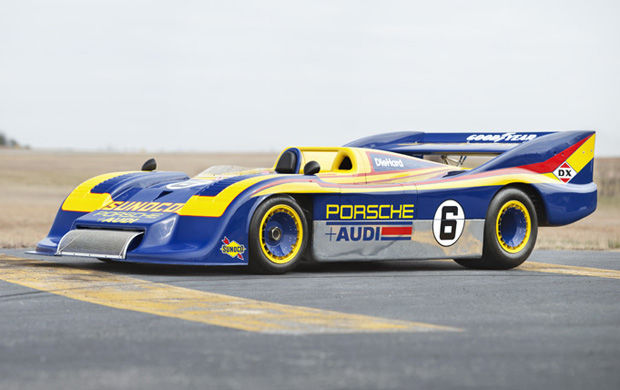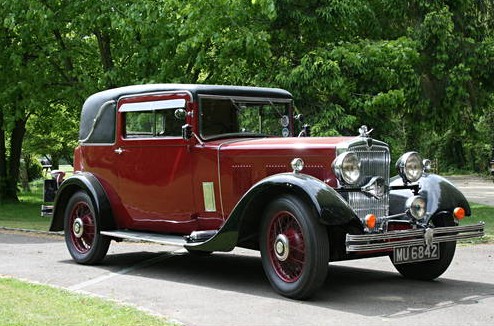1955 Porsche 550/1500 RS Spyder
Offered by Gooding & Company | Amelia Island, Florida | March 9, 2012
Shelby Cobras, Ford GT40s, Lotus Sevens and the Porsche 550. These are cars of which replicas far outnumber the real thing. But this is a real Porsche 550 Spyder. Only about 90 550s were built and this one retains everything it originally came with.
The Porsche 550 was a great track-day car back in the mid-1950s (it still is, but they don’t come quite as cheap as they used to). Many of them were used and abused on weekend jaunts to the nearest road course or former air base. The most famous of these cars was James Dean’s “Little Bastard” that he was tragically killed in on his way to a race.
To have an original, unrestored engine in one of these cars is amazing. Nor does it have any replacement bodywork. It was a street car for most of its life, serving as daily transportation at one point (sunny days only, I presume).
And what fun that would be. The 1.5 liter flat-4 makes 125 horsepower, which may not sound like much but consider how much a tiny car like this weighs with all aluminum bodywork. Aluminum bodywork and a lack of interior.
Luxurious comfort is a small thing to sacrifice for a car this amazing. They do not come up for sale often and by “not often” I mean “almost never.” There are few Porsche models that are more collectible, desirable or iconic than this. The price reflects that, estimated between $2,200,000 and $2,600,000. The buyer may adopt the name of James Dean’s infamous car for themselves, but only if they add “lucky” to the beginning of it.
For the complete catalog description, click here and to see the entire lot list, click here.
Update: Sold $3,685,000.
Here’s video of a similar car:













